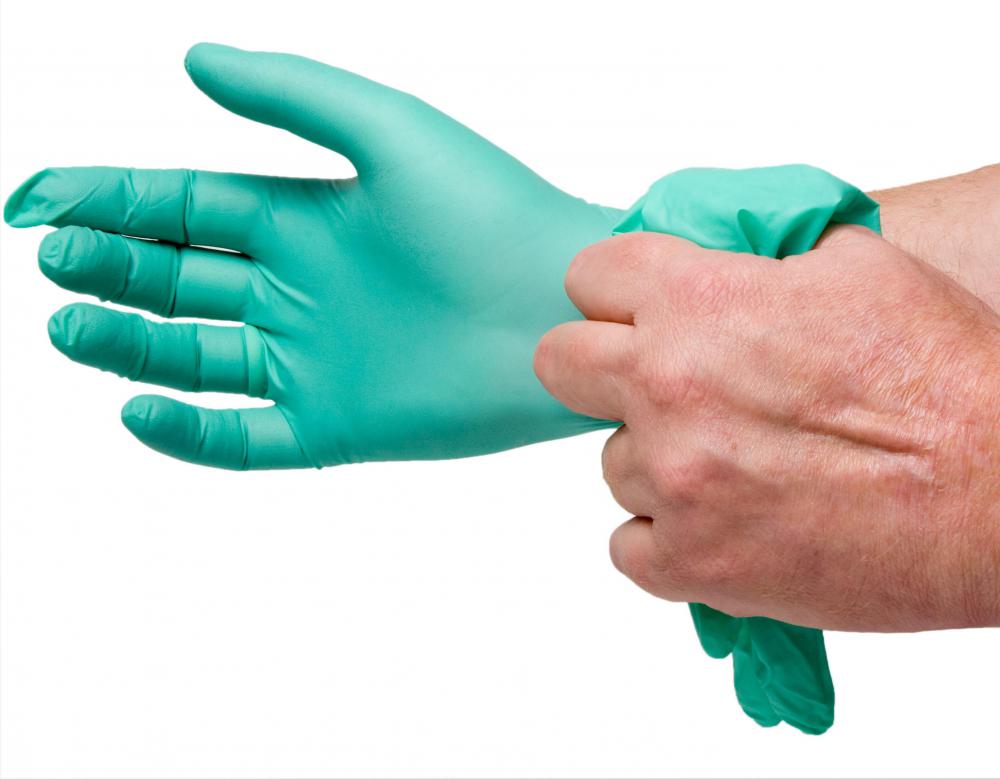At TheHealthBoard, we're committed to delivering accurate, trustworthy information. Our expert-authored content is rigorously fact-checked and sourced from credible authorities. Discover how we uphold the highest standards in providing you with reliable knowledge.
What is Infant First Aid?
Infant first aid is emergency care that is given to individuals under 12 months old in the event that regular medical care is not readily available. Parents or childcare provides usually utilize first aid instructions immediately after the infant has developed a sudden illness or sustained an injury. Examples of situations in which infant first aid might be needed include burns, bug bites, and choking.
For minor burns, lukewarm water usually should be run over the affected area to clean it. Petroleum jelly usually is thinly applied to the area before covering it with a bandage. Blisters, should they appear, typically should not be drained but rather left to heal on their own.

Infant first aid for bug bites usually consists of placing a cool compress on the area, and then applying an ointment to ease itching. Nails should be kept short to minimize scratching. In the event of a bee sting, the stinger can be gently removed with sterile tweezers. If the infant starts to wheeze, or if the affected area suddenly swells, medical attention usually is necessary.

When infants begin mastering the use of their arms and start to crawl, they might come into contact with things on which they easily can choke. For example, infants can choke on toys, their food, or other small objects that are within their reach. Caregivers can minimize instances of choking by making sure that no small objects are near infants, and that food is pureed or cut into very small pieces for easy chewing.

In the event that an infant does start choking, infant first aid stipulates that the situation must be assessed quickly. If the infant is coughing or gagging, the infant should be allowed to keep doing so as that indicates that the airway is only partially blocked. Infant first aid should, however, be administered the moment it is ascertained that the infant is unable to cough or cry.
A caregiver should place the infant on her lap with the body of the infant facing downward. The head should be positioned lower than the rest of the body. Using the heel of her hand, the caregiver should give five short blows between the shoulder blades of the infant to dislodge the object.
If this does not work, the next step in this infant first aid process is to gently turn the infant to an upward-facing position and support the back of its head with one hand. With the other hand, take three fingers and place them side by side in a line in between the nipples of the infant. The caregiver should smoothly push about 1 inch (2.54 cm) straight down on the chest and then let the chest rise again five times. Alternating back blows and chest thrusts usually should be repeated for two minutes. After that time, if the child has not dislodged the object on its own or via the infant first aid techniques, medical help typically must be sought immediately.
AS FEATURED ON:
AS FEATURED ON:













Discuss this Article
Post your comments